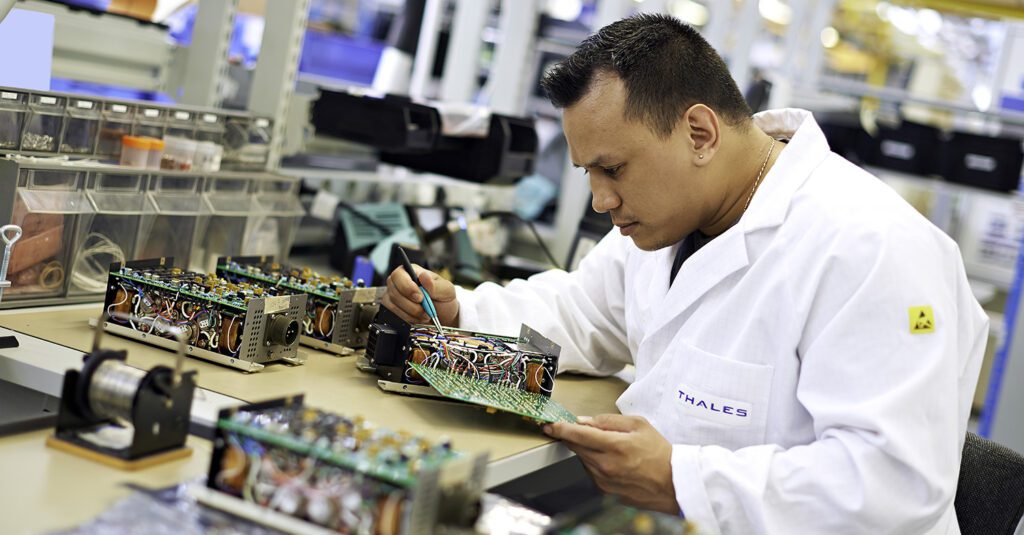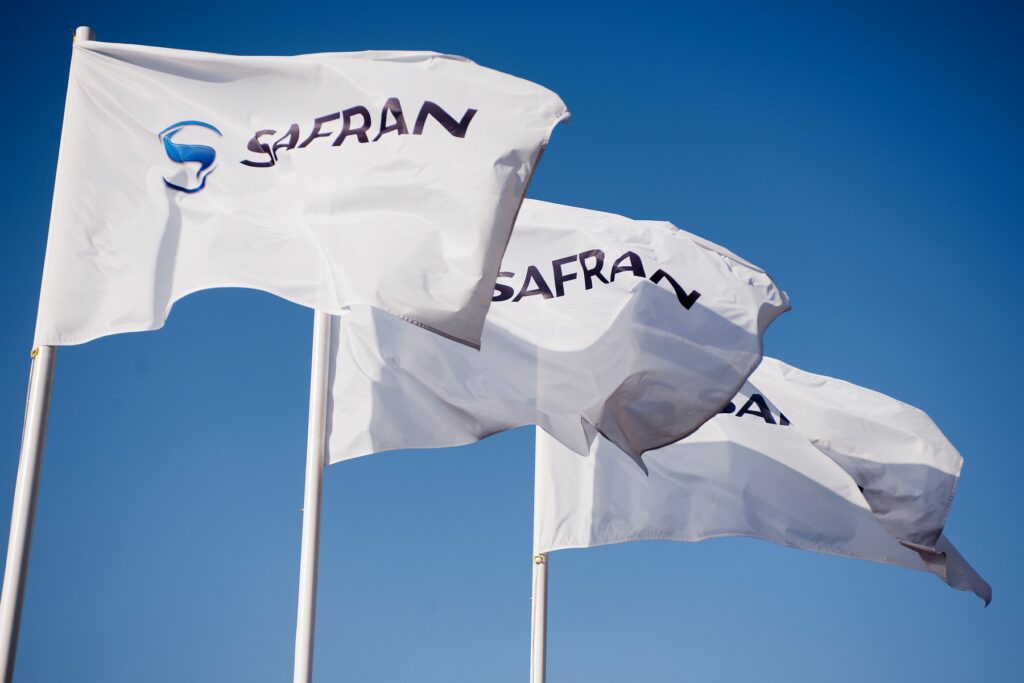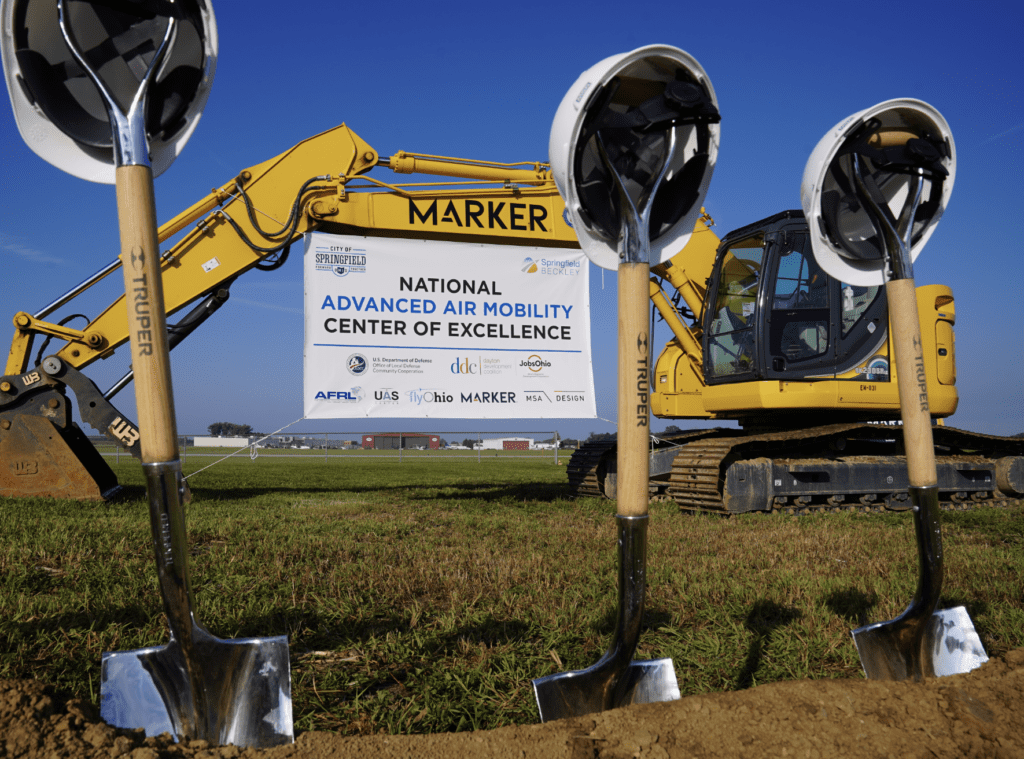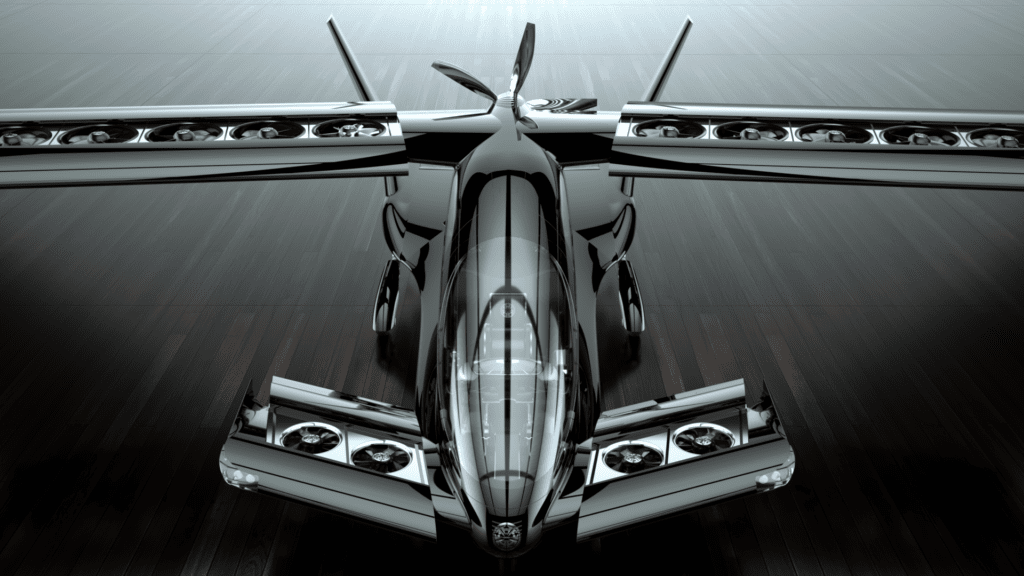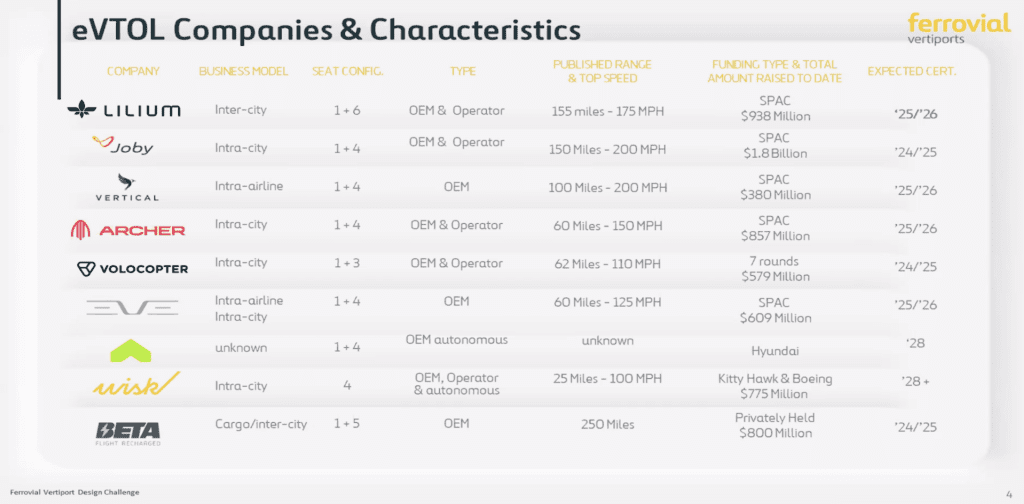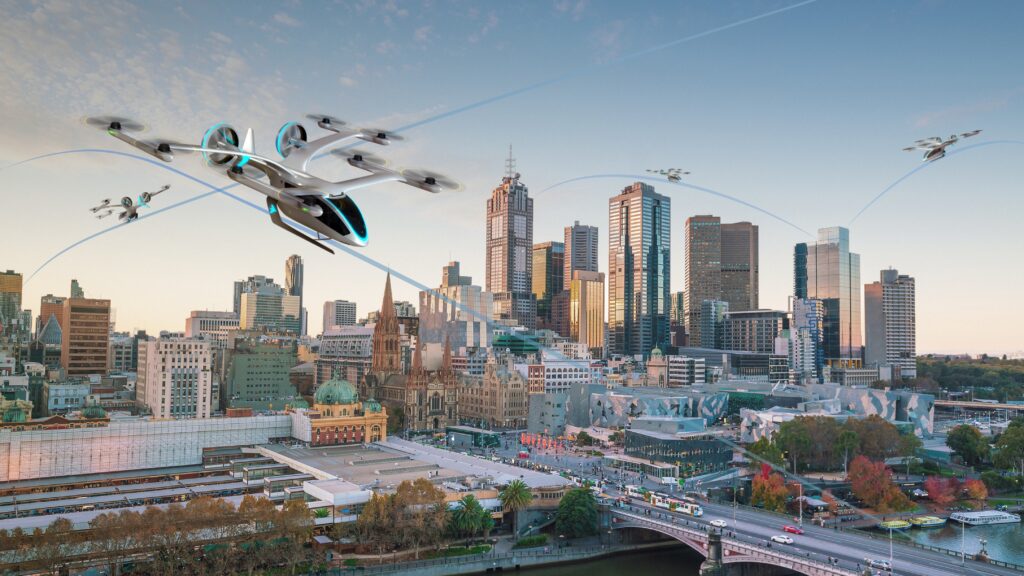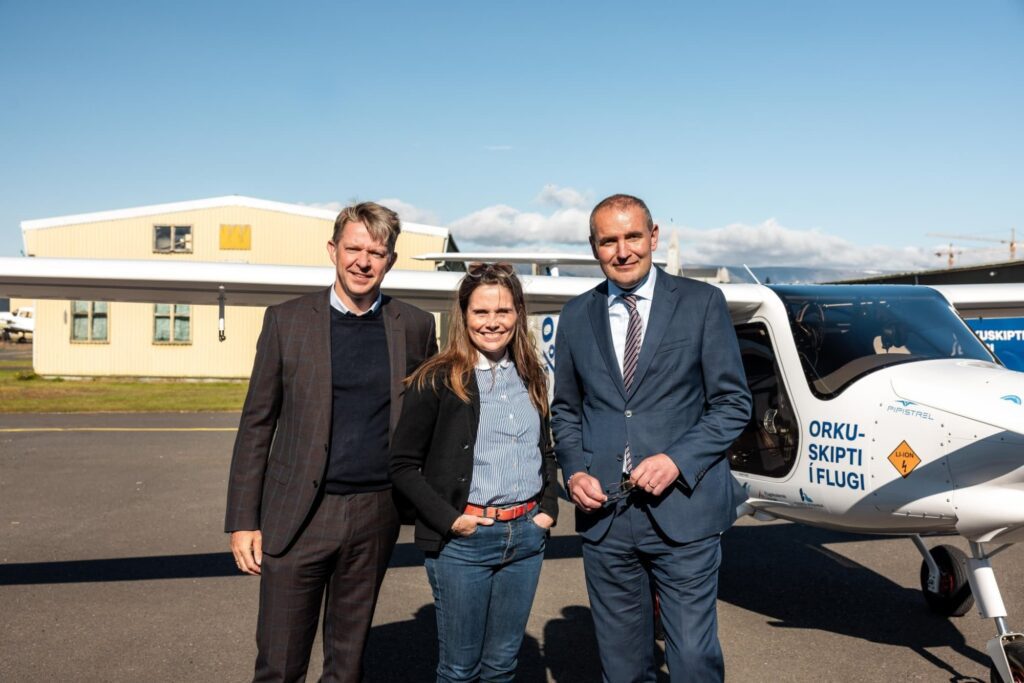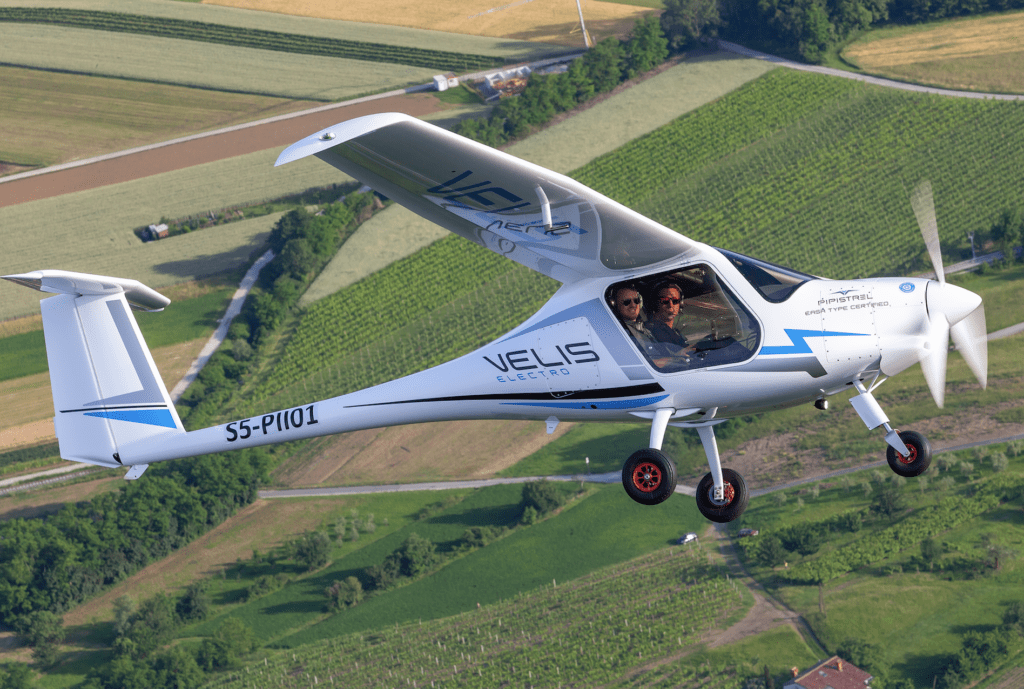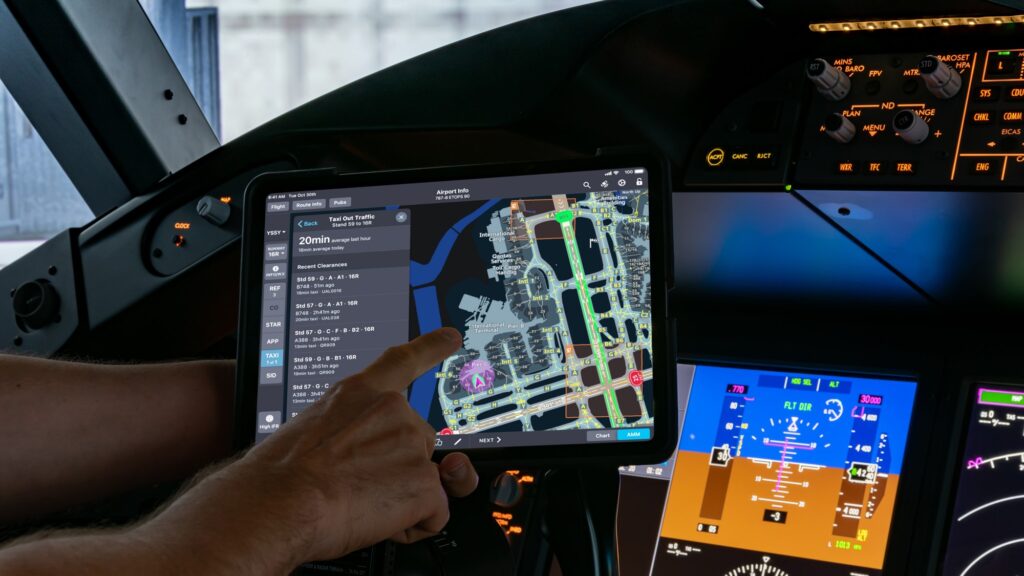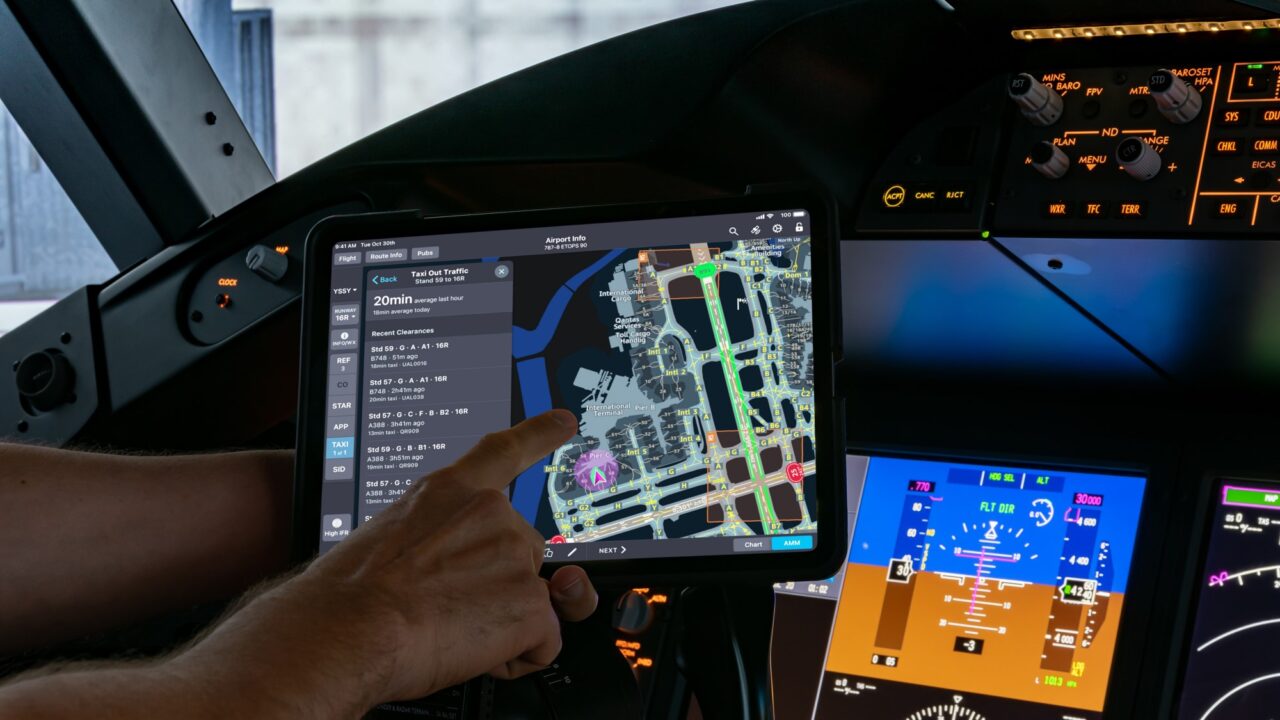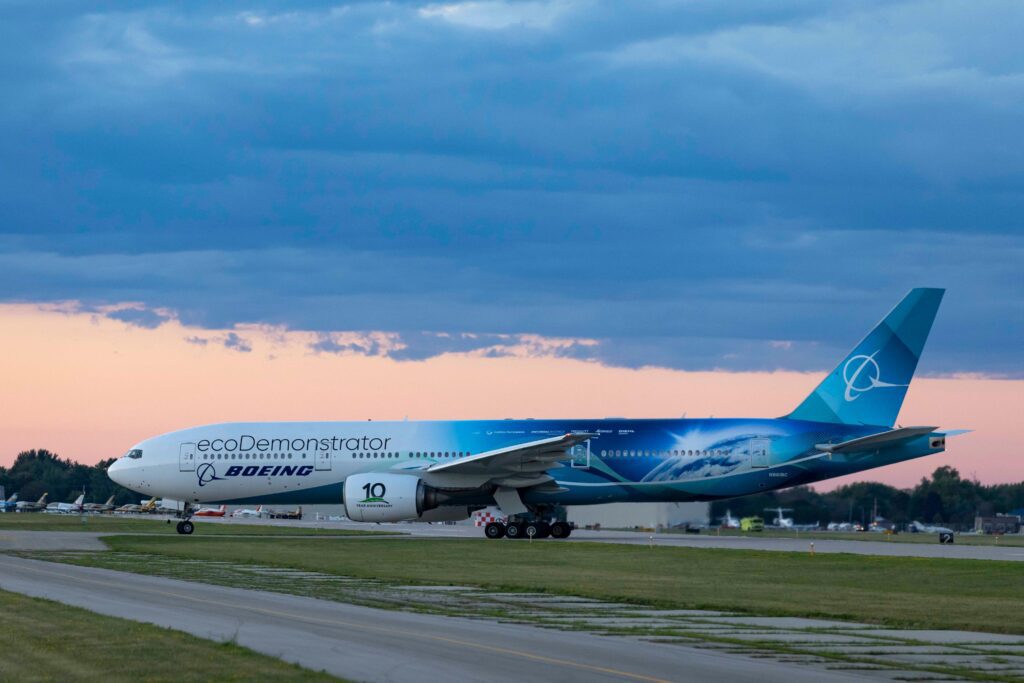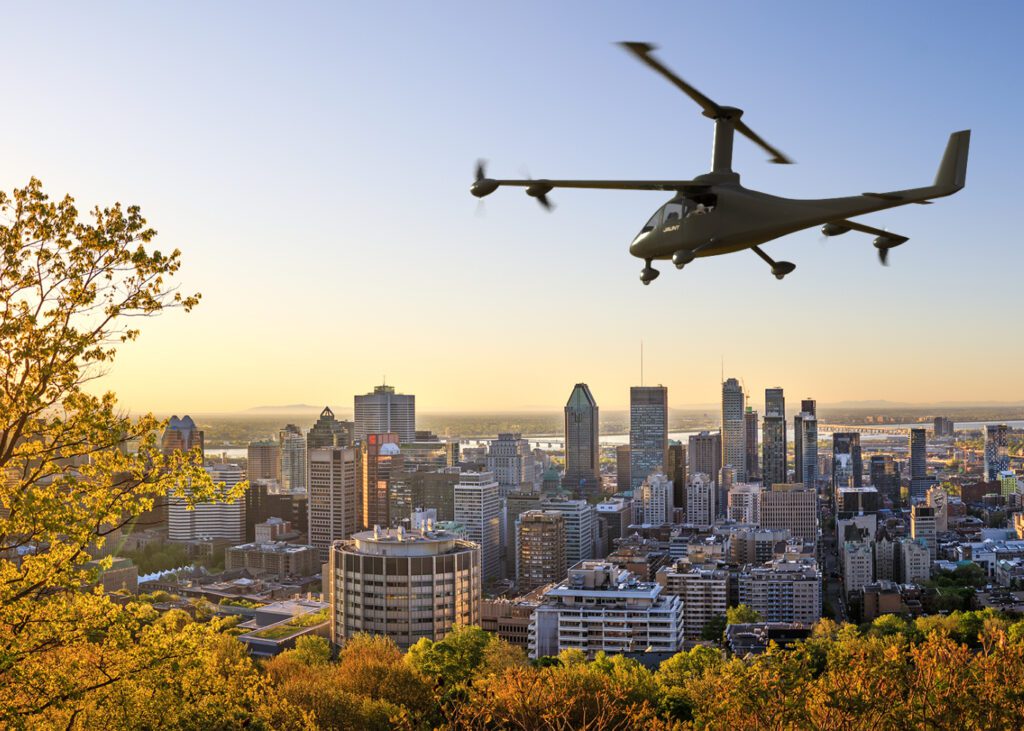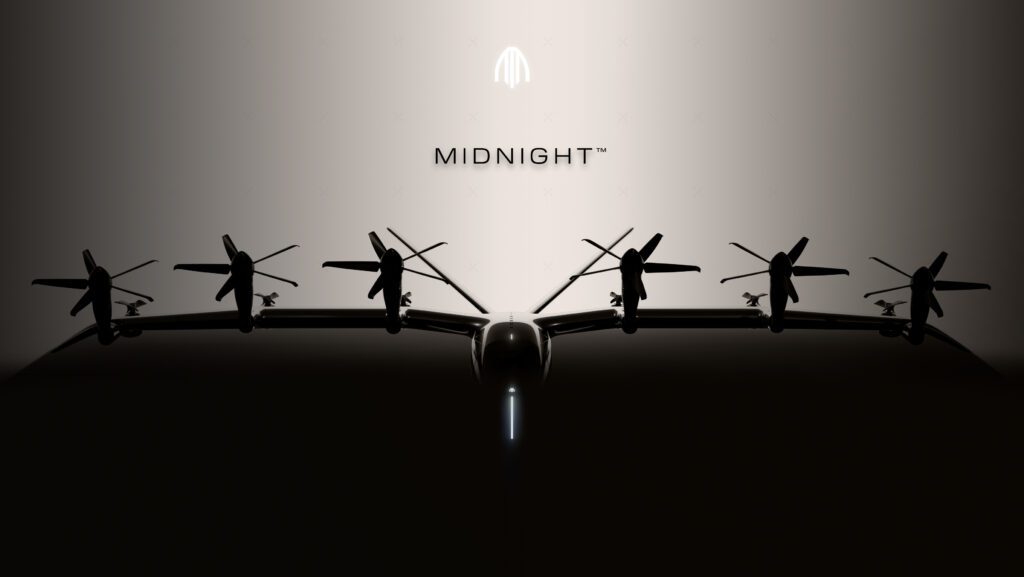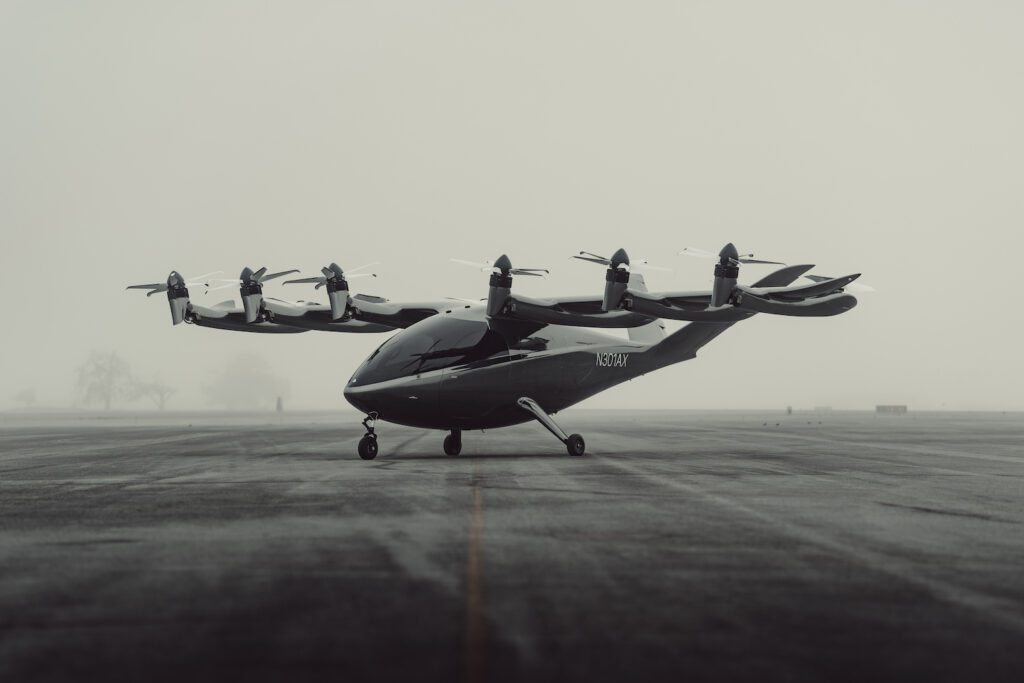United Airlines Invests $15M in Eve, Signs Purchase Agreement for Up To 400 eVTOLs


United has invested $15 million in eVTOL company Eve and has signed a conditional purchase agreement for up to 400 aircraft in total. (Photo: Eve)
United Airlines announced today that it has invested $15 million in Eve Air Mobility. The airline also signed a conditional purchase agreement for 200 of Eve’s electric vertical take-off and landing (eVTOL) aircraft and options to buy 200 additional aircraft. These aircraft are expected to be delivered in 2026. United provided a $10 million pre-delivery payment to Archer Aviation, another leading eVTOL developer, last month for 100 of Archer’s aircraft.
One of Eve’s competitive advantages is its connection to Embraer, which includes access to Embraer’s service centers and field service technicians. According to the announcement, United could utilize Eve’s service and support operations for its eVTOL fleet once it has entered into service.
Michael Leskinen, President of United Airlines Ventures, commented on the announcement, saying that United is the first major airline to publicly invest in two eVTOL companies. “Our agreement with Eve highlights our confidence in the urban air mobility market and serves as another important benchmark toward our goal of net zero carbon emissions by 2050 – without using traditional offsets,” Leskinen remarked.
In an emailed statement to Avionics International, a representative from United explained the decision to invest in Eve: “Eve presented a special opportunity because of their unique relation and strategic partnership with Embraer, a company with [a] proven track record of building and certifying aircraft over the company’s 53-year history,” the representative wrote.
“In addition to eVTOL development, they are also working on a suite of support services that could be complementary to our existing portfolio, enhanced by the resources that they can leverage through Embraer.”
As part of the agreement, Eve and United plan to work on future projects such as evaluating the development and use cases of Eve’s eVTOL aircraft as well as the ecosystem for urban air mobility (UAM).
The collaborators may work to develop a concept of operations for a UAM service offering that is specific to a particular market. This would involve determining how to operate successfully based on analysis of the customer experience, regulatory requirements, and operations. Specific actions have not been identified just yet, United’s spokesperson noted.
Andre Stein, Eve’s co-CEO, responded to the announcement about the investment from United, saying that it strengthens Eve’s position in the North American market. “I am confident that our UAM agnostic solutions, coupled with the global know-how we have been developing at Eve and Embraer’s heritage, are the best fit for this initiative, giving United’s customers a quick, economical and sustainable way to get to its hub airports and commute in dense urban environments,” Stein shared.
Urban air mobility creates several opportunities for new aircraft in spite of the regulatory benchmarks in place. The huge market for air taxis will enable many companies to achieve success, the representative from United claimed. “These aircraft have the potential to revolutionize the commuter experience in big cities,” they said. eVTOLs “also reduce noise pollution by 90% compared to helicopters and they are powered by electric batteries, not fossil fuels, which will introduce safer, more sustainable and affordable urban flights.”
The announcement from United and Eve confirmed that the airline will join in Eve’s UAM simulation project, which starts next week. The project involves conducting flights with passengers in Chicago via Blade Air Mobility helicopters to understand the customer experience as well as the ecosystem requirements for eVTOL operations.
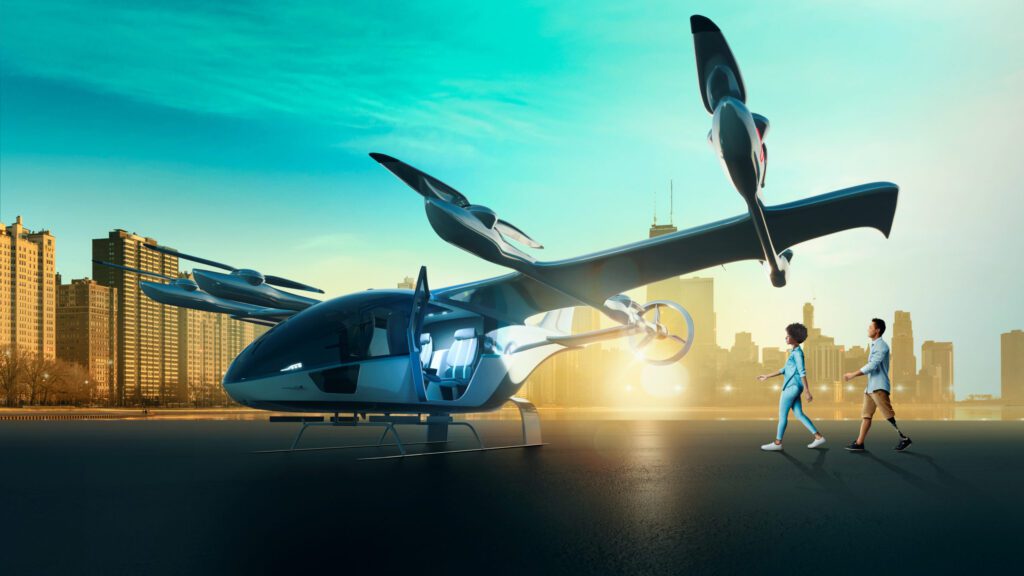
An illustration depicting Eve’s planned UAM simulation (Photo: Eve)
The post United Airlines Invests $15M in Eve, Signs Purchase Agreement for Up To 400 eVTOLs appeared first on Avionics International.
—————
Boost Internet Speed–
Free Business Hosting–
Free Email Account–
Dropcatch–
Free Secure Email–
Secure Email–
Cheap VOIP Calls–
Free Hosting–
Boost Inflight Wifi–
Premium Domains–
Free Domains






